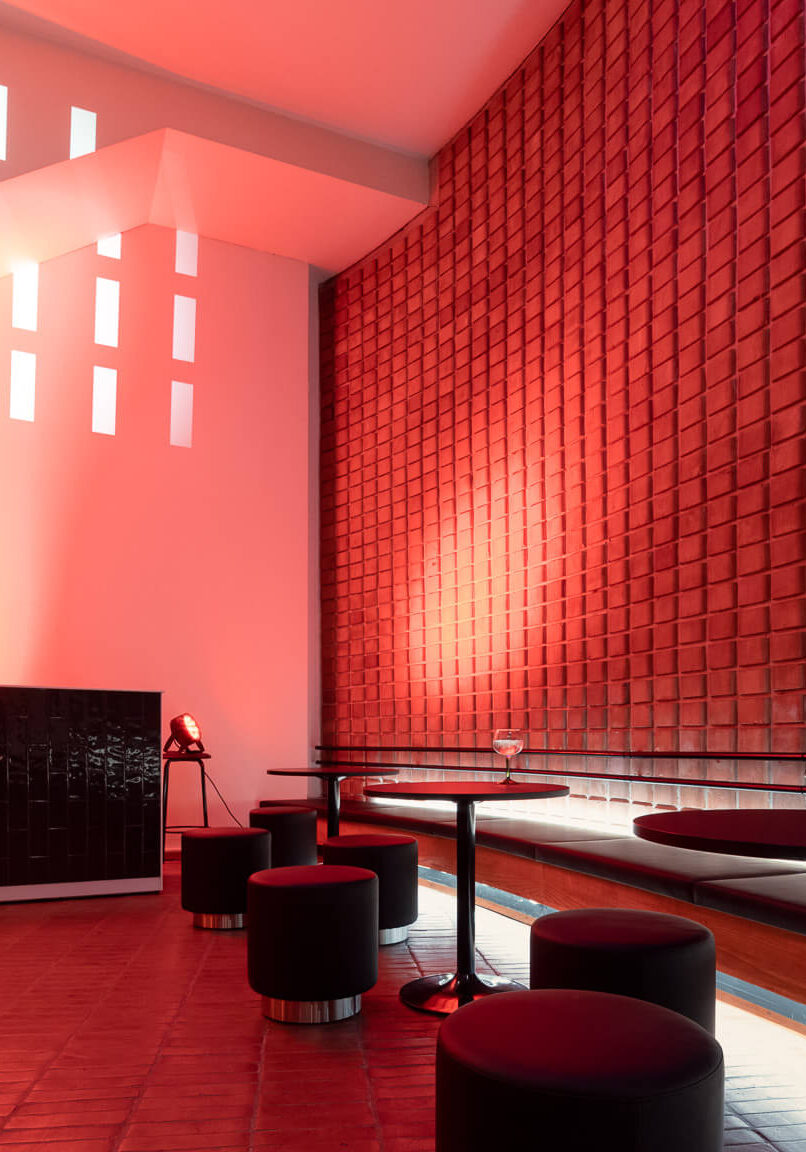History of
the House of Culture
Starting point
The planning of Kulttuuritalo began in 1944. The labor movement had strong traditions in cultural activities, especially in music and theater, dating back to the 19th century. These activities increasingly required more space. There was also a shortage of meeting and event rooms. In August 1951, Kulttuurityö ry made the final decision to build Kulttuuritalo, and the company Helsingin Kulttuuritalo Oy was established to carry out the project.
When a suitable plot was found at Sturenkatu 4, the chairman of the construction committee, Minister Matti Janhunen (SKP), asked Alvar Aalto to design the building. According to legend, Aalto sketched his first draft on the lid of a Klubi cigarette box. He submitted the official plans to the building committee in January 1953. However, due to the difficult economic situation, the start of construction had to be postponed by two years.
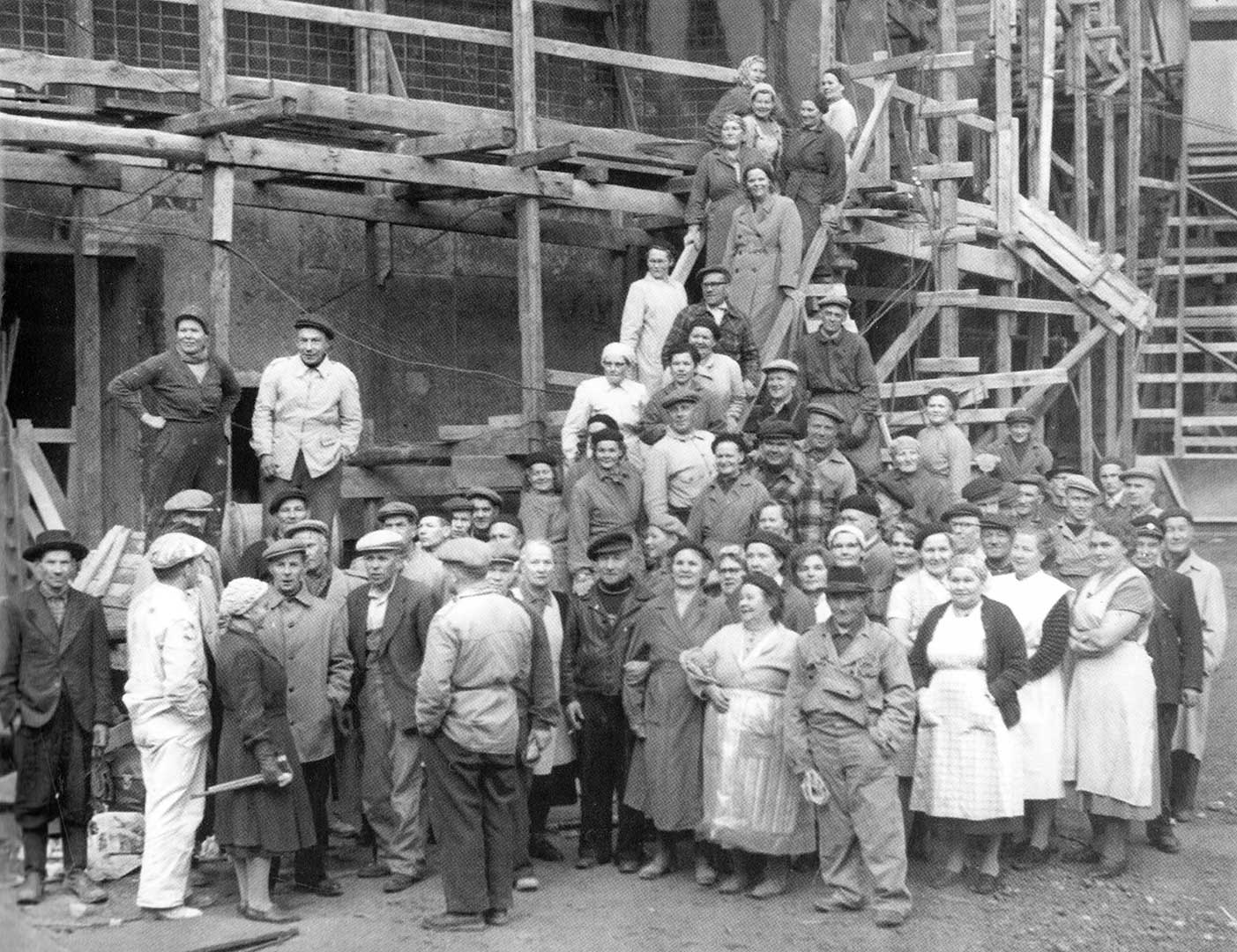
According to legend, Alvar Aalto drew the first sketch of the House of Culture on the lid of a Klubi cigarette box.
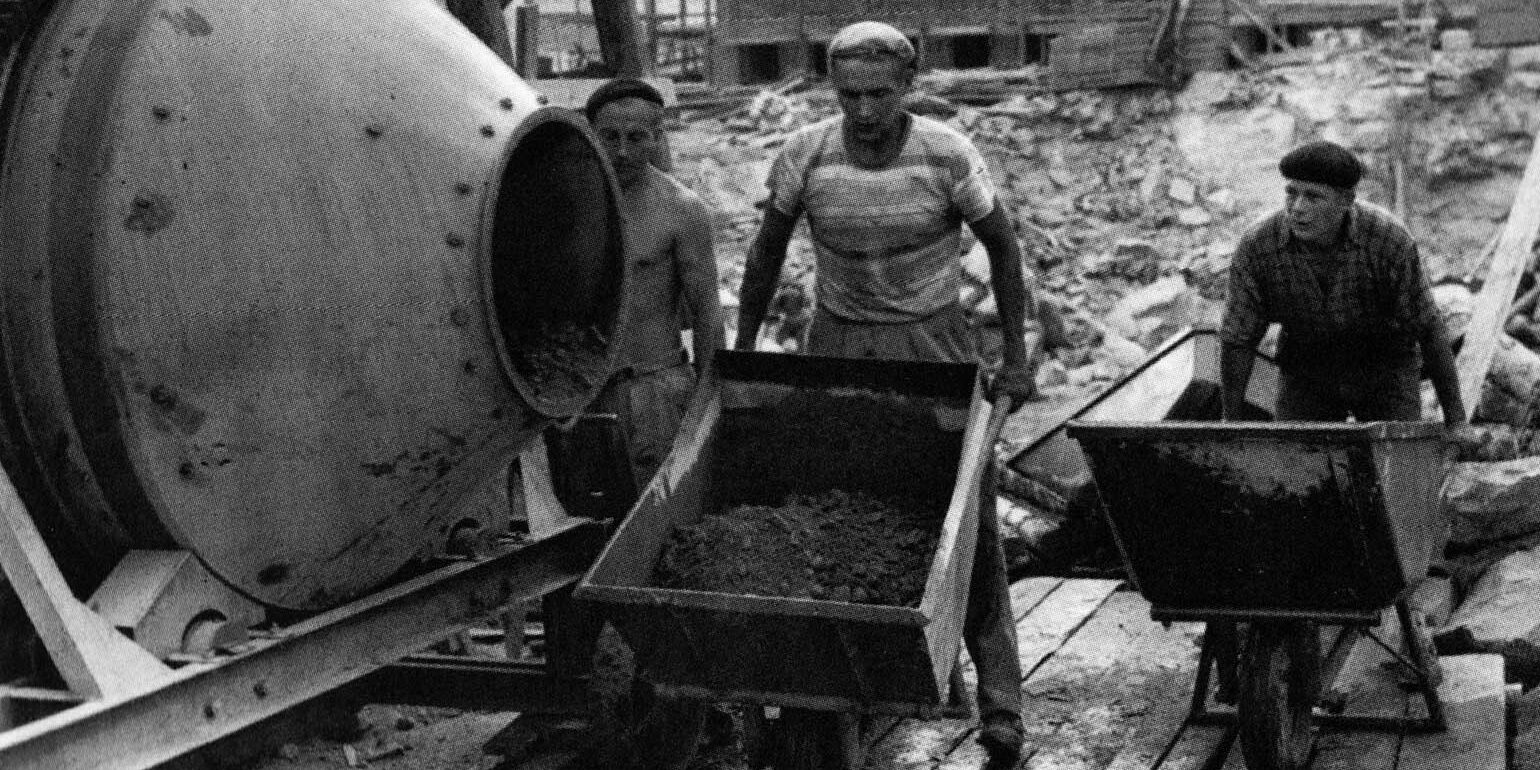
Construction
The construction of the House of Culture was a major collaborative project between the Finnish Communist Party (SKP) and several leftist organizations. The estimated construction cost was 350 million marks, but the final budget rose to 480 million marks. The project was primarily funded by the SKP. Neither the Finnish state nor the City of Helsinki provided direct financial support. However, small donations were received from the Soviet Union and other socialist countries.
Excavation work for the House of Culture began in the winter of 1955. More than 30,000 cubic meters of bedrock were blasted, and the cornerstone of the building was laid in the autumn of the same year. Much of the work was carried out through volunteer labor, driven by the strong spirit of the labor movement. More than 5,000 volunteers participated in the project, contributing a total of 130,000 working hours.

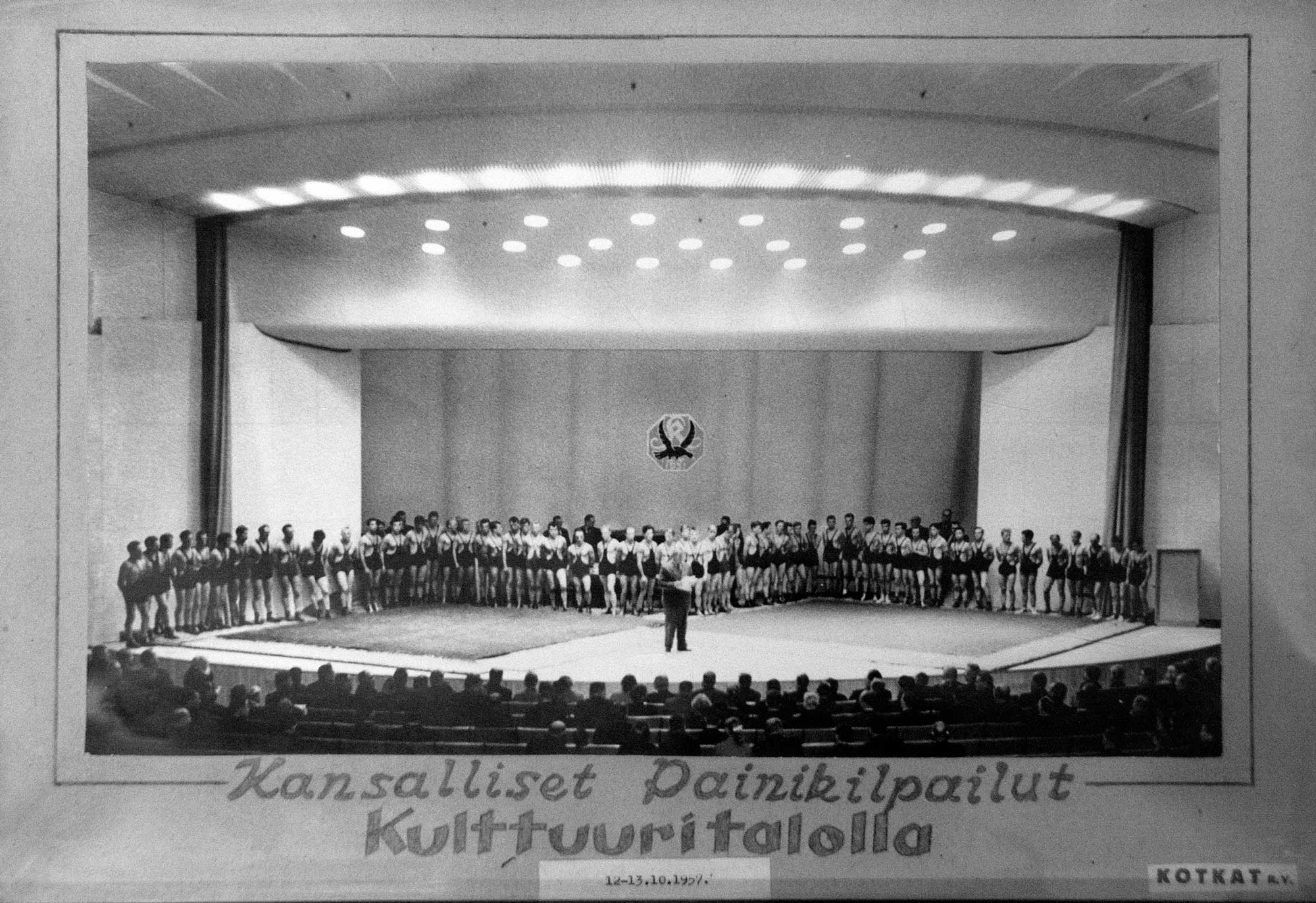
Activities of the House Over the Years
The House of Culture was officially opened in 1958. Kulttuurityö ry began organizing the building’s operations, including coordinating hobby and cultural programs and renting the venue to others. Special focus was placed on the use of the concert hall, both by producing events and concerts themselves and by renting the space to various organizations.
Once the House of Culture was completed, three trial concerts were held, inviting acoustics experts to observe the hall's acoustic properties for potential improvements. The first trial concert took place on May 24, 1957, featuring the Finnish Radio Symphony Orchestra conducted by Nils-Erik Fougstedt. The trial performances confirmed that the hall was excellent, and its acoustics were considered the best in Helsinki. Both critics and music professionals, both domestic and international, praised the House of Culture and its acoustics.
The program at the House of Culture was of top quality from the very beginning. In the first year, notable performances included those by Georg Ots, the National Opera Ballet, the Leningrad Ballet, and the 110-member Bucharest Philharmonic Orchestra. In addition to concerts, the House of Culture also offered a vibrant club program, particularly for young adolescents. Among the clubs for adults, the art club and chess club were especially popular. Gymnastics, theater, and various singing groups also established themselves as core activities at the House of Culture.
Political Blockade
Good relations and cultural ties with the Soviet Union were important for the operation of the House of Culture. For this reason, the building, sometimes referred to as the "Sickle Shed," sparked differing opinions in its early years. Some artists considered it their second home, while others were hesitant to perform there for fear of the political stigma. As a result, classical music concerts were organized far less than initially expected. The Finnish Broadcasting Company (Yleisradio) and the City of Helsinki's music committees made negative decisions regarding the use of the concert hall. Within the House of Culture's own circle, these decisions were seen as a political blockade and boycott.

"You're not getting in," the "Cerberus" at the door said rudely, pointing at me with his finger. He refused to explain the reason for his decision. His decision was final. After this episode, I have never tried to visit this Aalto building again, and I never will. That one attempt was enough for me. Even now, 50 years later, whenever I drive past the House of Culture, the hairs on the back of my neck stand up as soon as I see the building.
- Reijo Marttinen
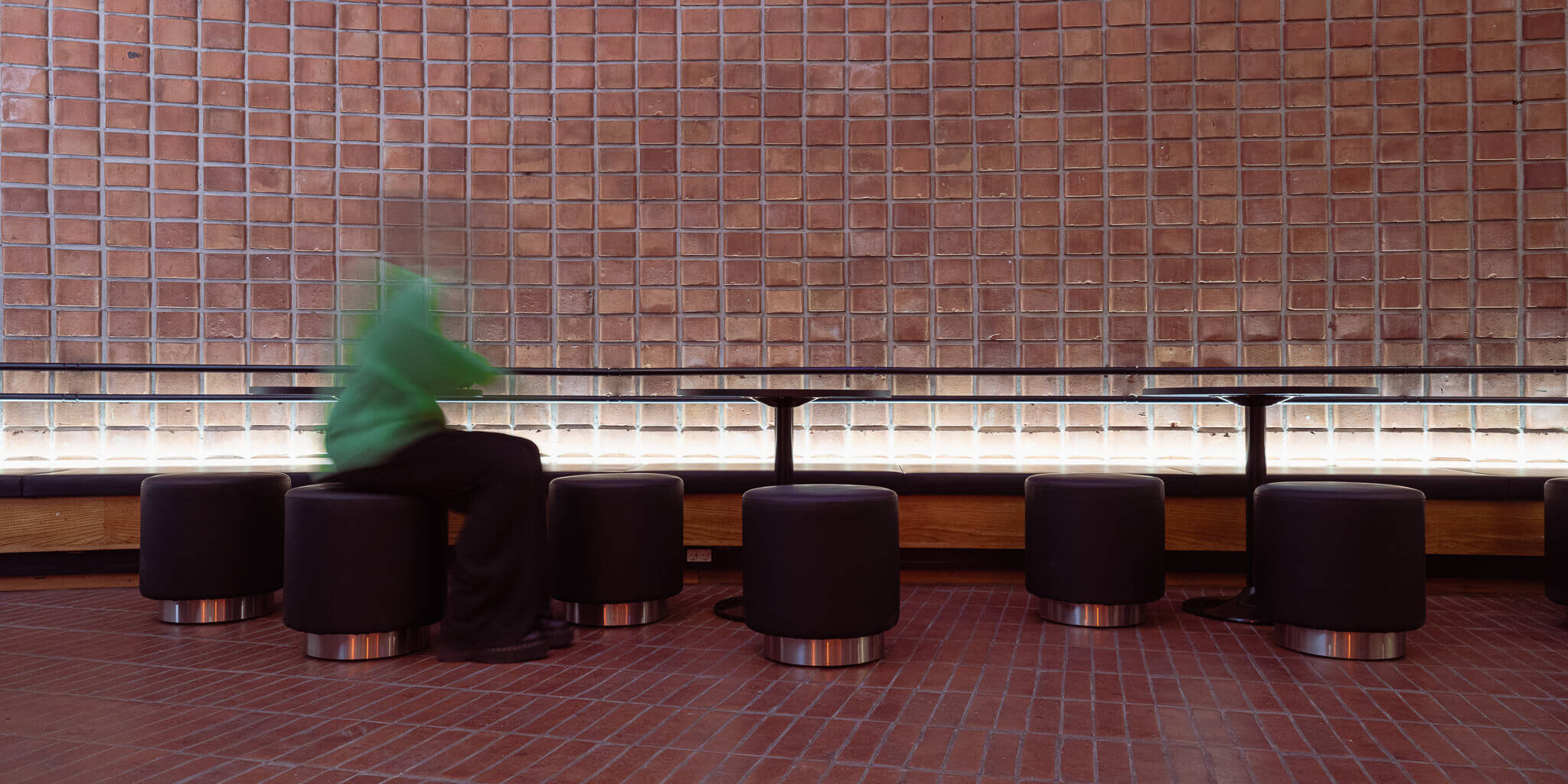
Yleisradio and Other Tenants
From the very beginning, there were expectations that the Finnish Broadcasting Company (Yleisradio) would become a permanent tenant at the House of Culture, but an agreement was only reached in 1963. As a result, Yleisradio began conducting most of its recordings in the large hall of the House of Culture. In addition to the recordings, the Radio Symphony Orchestra also moved its rehearsals to the venue and started holding regular concerts there in 1965.
A cinema, Bio Alppi, was established in the smaller hall of the House of Culture, which was renovated in 1963 into the 200-seat Alppi Hall. Initially, the larger hall’s record company studio, Scandia, moved to the renovated hall. The Alppi Studio, as it was named, recorded legendary artists such as Olavi Virta, Hector, and Kirka. Finnlevy, which continued Scandia’s legacy, became the main tenant of the smaller hall until 1976, when the cinema returned to Alppi Hall.
The Operetta Theatre, which repeatedly filled the large hall, also made the House of Culture its home in 1959, where it remained until the 1990s.
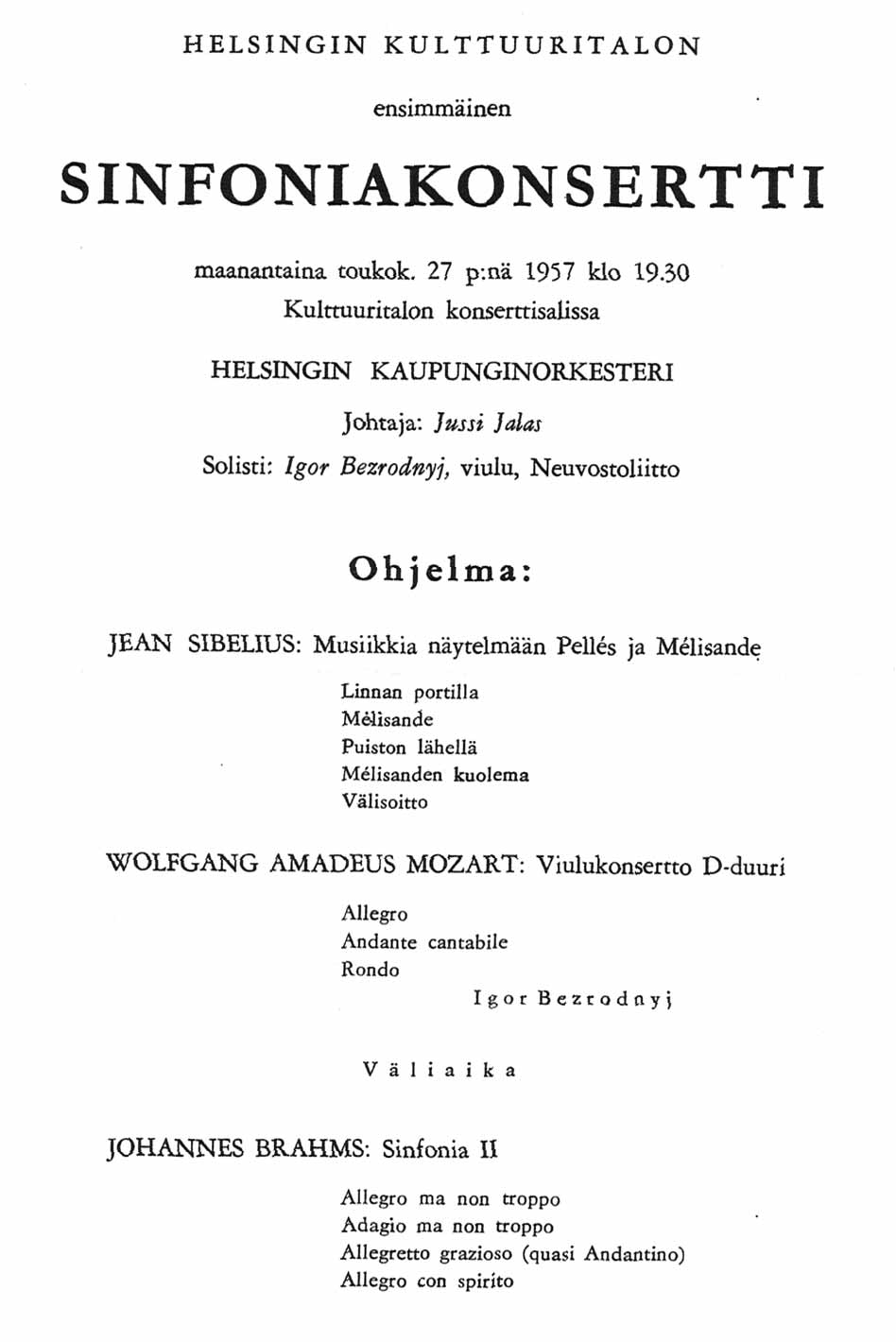
Dances to Ease Financial Troubles
Financial concerns began to trouble the members of Kulttuurityö ry soon after the initial excitement. Kulttuuritalo Oy held all the loans and owned the property, while Kulttuurityö ry was responsible for raising the money the company needed. The debts were paid off mainly by organizing volunteer-based dances three times a week.
The organization of the dances caused mixed reactions within the cultural community. However, the dances, which at their peak attracted up to four thousand people per week, eventually established themselves and became an important source of income.
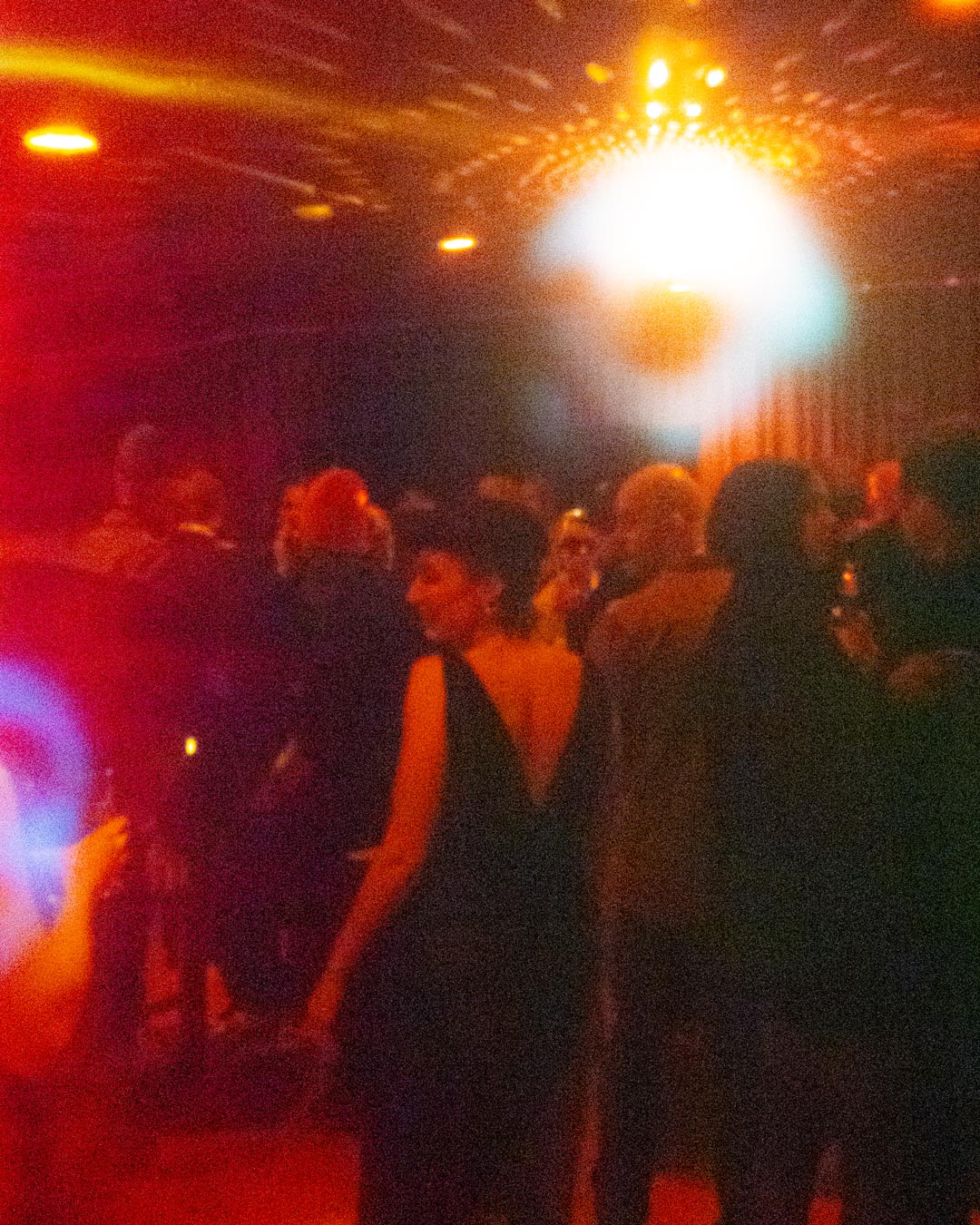
Pop and rock
The younger generation of Finnish pop and rock musicians didn’t see the political associations of the House of Culture as a problem and were happy to perform there. Paavo and Antti Einiö of Rytmi Musiikki Oy began organizing concerts in the hall and brought several world-class stars to the venue. The House of Culture is especially remembered for hosting numerous jazz legends. In the 1960s, the stage saw performances by the likes of Ella Fitzgerald, John Coltrane, Miles Davis, Thelonious Monk, as well as Duke Ellington and Quincy Jones with their own orchestras. Starting in 1967, the House of Culture also became a prominent venue for international stars of popular music. Unforgettable concerts were played by artists such as Jimi Hendrix, Led Zeppelin, and Cream.
The dearest memory is from 9.9.1961, when our eyes met for the first time in the whirl of a dance on the House of Culture’s parquet floor — and best of all, we’re still dancing…
– Maila Tuhkanen
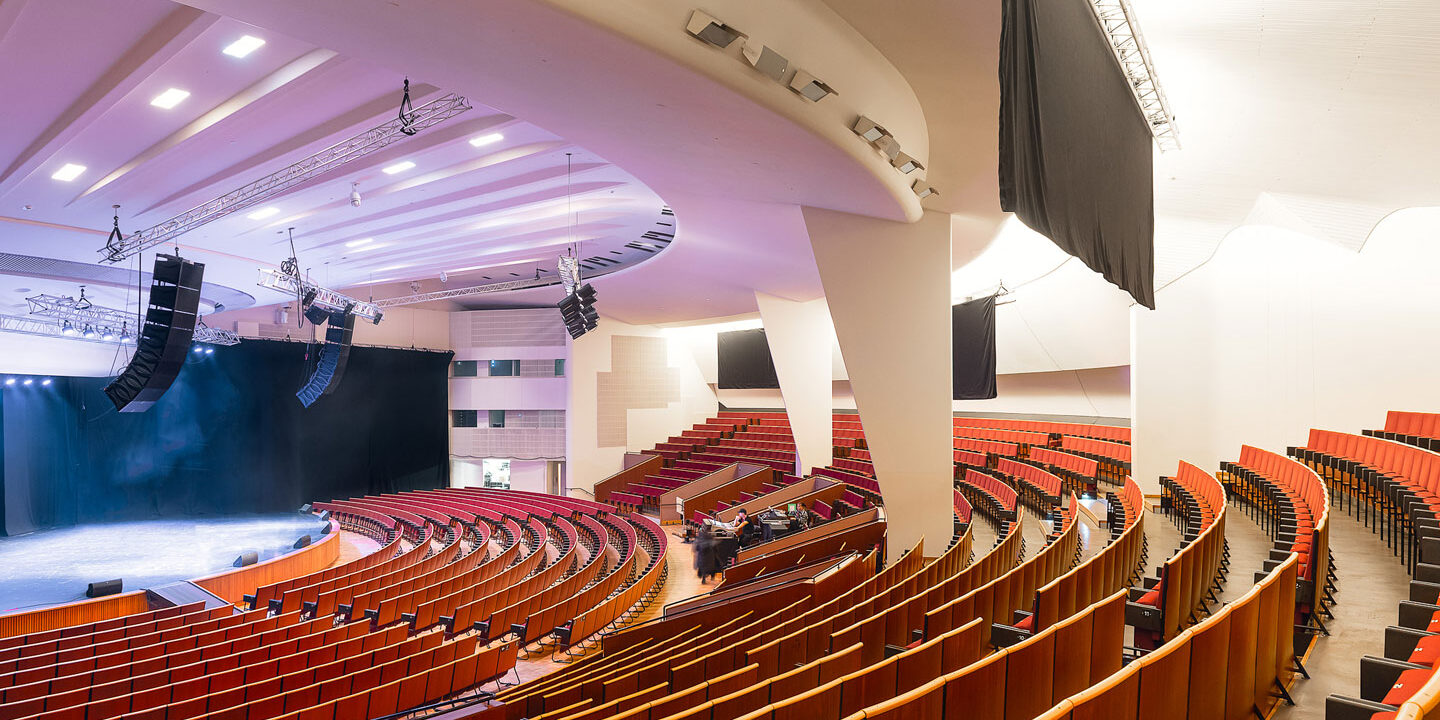
Activities of The House of Culture in the 60s and 70s
In the 1960s, with the radicalization of youth, the House of Culture began regularly hosting artists and performers appreciated by the younger generation, such as M.A. Numminen, Otto Donner, and Kalle Holmberg. Although the building still had strong ties to the Communist Party of Finland (SKP) and the workers' movement, even young people from more conservative families began to feel at home there. Attitudes and society were changing.
In the latter half of the 1960s, the House of Culture began to explore new forms of artistic expression and activities. The venue, which was open and encouraging toward experimentation, became a home for underground culture as well, occasionally even drawing the attention of the police.
In 1968, the House of Culture served as the main venue for the first-ever Helsinki Festival. Although the completion of the Finlandia Hall in 1971 led to some of the festival’s events and Radio Symphony Orchestra concerts moving to the new venue, the House of Culture remained an active stage for rock, pop, and jazz music. Among the most prominent international acts of the era to perform there were Frank Zappa (1977), Jethro Tull (1970), and Queen (1974).
During the 1960s, the House of Culture employed around 40 permanent staff members, supported as needed by about 100 volunteers. In the early 1970s, it remained a popular venue for celebrations and various meetings. In a single year, on top of the daily use by Yleisradio and the Radio Symphony Orchestra, the House could host up to 350 different events. In addition to music and theater, the events included sports competitions as well as programs for children and the elderly.
In the late 1970s, however, the use of the venue began to decline significantly. By the early 1980s, aside from ten annual gala and theater performances, only about fifty concerts were held in the main hall each year. The House went through frequent changes in leadership.
Despite this, concerts of popular music continued to play a significant role. Performers in the early 1980s included Jose Feliciano and Eino Grön. Especially popular among the younger generation were concerts by Duran Duran, Dingo, and Hanoi Rocks. Classical music was represented not only by the Radio Symphony Orchestra but also by the Finnish National Opera and the Helsinki Philharmonic Orchestra.
Financial Problems and Changes in Ownership
Toward the end of the 1970s, financial difficulties began to emerge. The popularity of the dances declined year by year, and no new sources of income were found. To respond to these new challenges and economic hardships, operations were reorganized. Restaurant services were outsourced, and the building’s rental operations and maintenance were transferred entirely to Kulttuuritalo Oy.
By the late 1980s, when nearly all debts had been paid off, Kulttuuritalo Oy pledged funds acquired by Kulttuurityö ry to the renovation of other cultural centers across Finland. However, with the bankruptcy of the Communist Party of Finland and the economic recession of the early 1990s, these pledges backfired. Kulttuuritalo was declared bankrupt in the autumn of 1991 and sold at a compulsory auction in 1994. Due to a lack of other buyers, the building was sold to the government asset management company Arsenal for a nominal price of 26 million Finnish marks. Except for the managing director and the sales manager, the entire staff of the House of Culture was laid off. Through Arsenal, the building passed into the hands of Kapiteeli and later the Senate Properties, under the Ministry of Finance.
Despite these difficult times, the House of Culture remained active throughout. High-quality concerts and other major events continued to be organized on a weekly basis.
Modern Times
After the bankruptcy and changes in ownership, the House of Culture began to be managed according to the principles of a profit-driven market economy. The House no longer organized events itself. Resources were cut to a minimum, and the network of subcontractors providing services to the venue was run by a two-person staff. Both Finnish and international performers continued to play a significant role at the House of Culture. Among the notable international guests of the era were metal bands like Faith No More and Slayer, as well as the The Bold and the Beautiful show. The House of Culture's activities were further enriched by the Finnish Theatre Academy, which moved into the building in 1992, and the Department of Building History from the National Board of Antiquities, which relocated there in 2000.
Today, the House of Culture does not organize events itself; instead, event organizers rent the venue's spaces. In addition to program production, services such as maintenance, cleaning, and technical event support are outsourced. Despite the various challenges and changes it has faced, the House of Culture has succeeded in maintaining a diverse and interesting cultural offering along with its unique atmosphere.

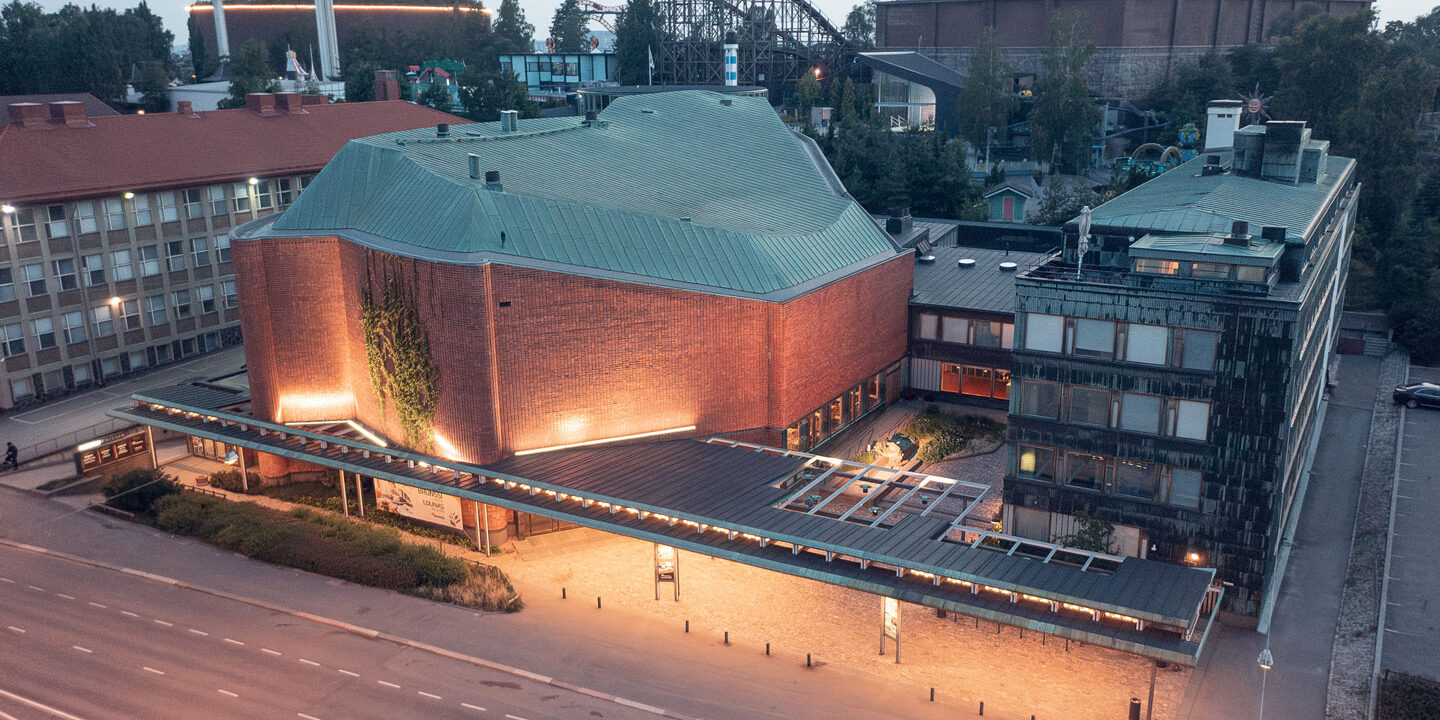
Alvar Aalto's Architecture
The House of Culture is the first public building designed by Alvar Aalto in Helsinki. It belongs to Aalto’s red brick period, which spanned from the 1940s to the early 1960s. The building's architecture has been influenced by its location. It stands between the rocky Alppiharju and the busy Sturenkatu, in a transition zone between nature and traffic. The organic and rational form of the House of Culture’s architecture blends with the elements of its location.
The House of Culture, with a total floor area of 9,654 square meters (and a volume of 47,420 cubic meters), is divided into three distinct sections with different functions. The hall section contains a large concert hall, a smaller theater hall with its auxiliary spaces, a restaurant, as well as maintenance and storage areas. The central part houses the restaurant's kitchen, a lecture hall, archives, a library, and a foyer. The office section includes two office floors and meeting rooms.
The overall design is dominated by the concert hall, named the Aalto Hall, whose free, fan-shaped form gives it an intimate atmosphere. During the renovation in 1990-1991, which involved a thorough update of the office wing and restaurant spaces, the large hall was slightly altered, increasing the number of seats to 1403. Today, the Aalto Hall has a total of 1452 seats.
The House of Culture's facade is defined by two materials. The office wing's facade is made of detailed copper, while the concert hall wing is constructed with Aalto-designed red brick, whose wedge-shaped form allows for an arched facade.
Since its completion, the House or Culture has been internationally recognized as an architectural landmark, attracting visitors from all over the world. The building was protected under the Building Protection Act in 1989. The protection decision also exceptionally safeguarded the building's operations and the public use of its halls.
